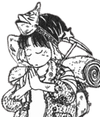Talking art | Pop Step: A Hisashi Eguchi Exhibition
Taking a stroll through the career of one of the great pop artists.

Near the start of the year I was able to check out an art exhibit for the pop art master, Hisashi Eguchi—the man directly responsible for innumerable computer and phone wallpapers of mine over the years—and thought it’d be nice to share the experience with everyone.
Of course, this is just a sampling of everything that was on display, a handful of the literal hundreds of pieces lining walls and littering tables. Enjoy!
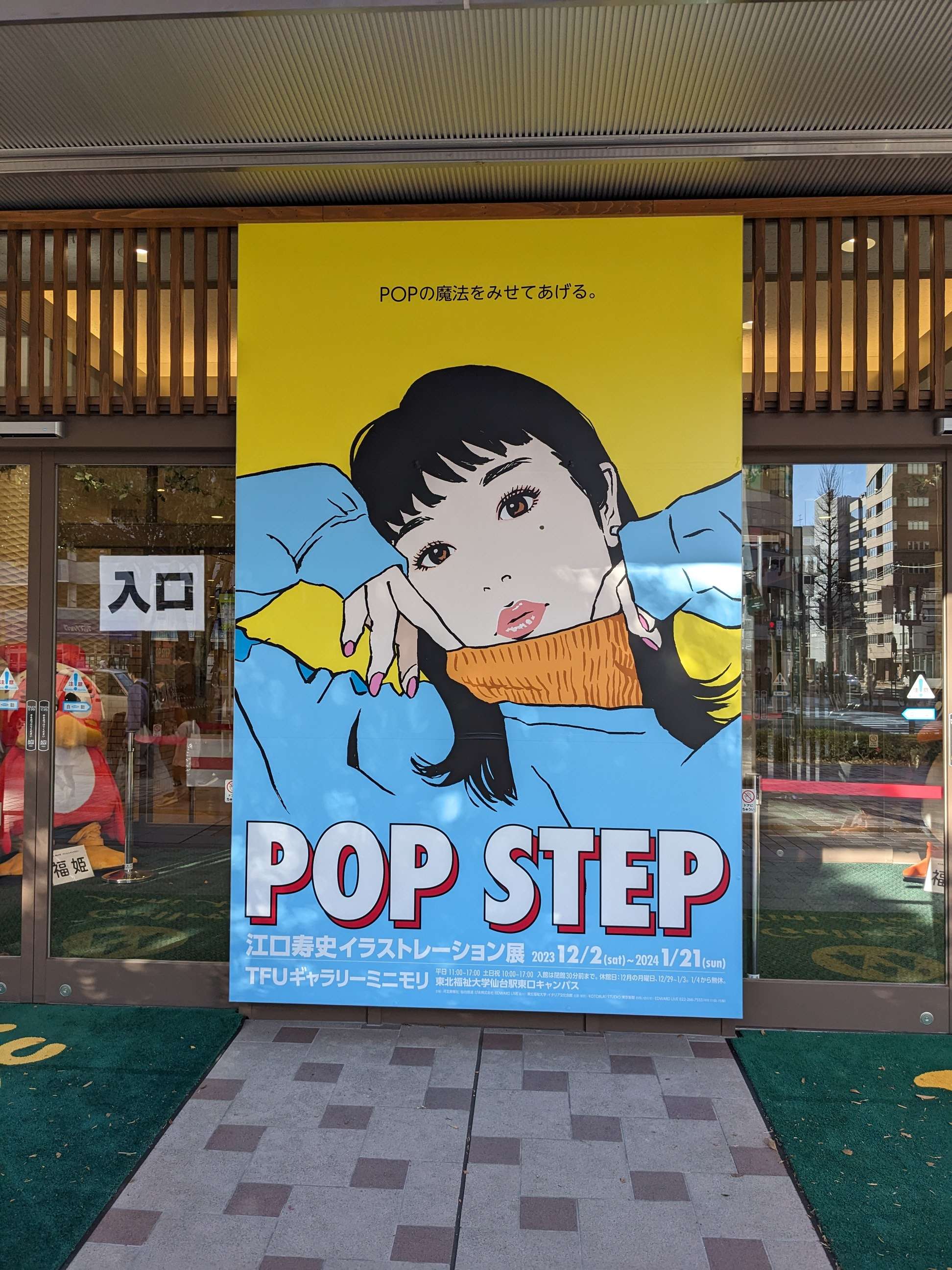
Going in on a beautifully sunny Friday afternoon (the kind of winter day where there’s no wind to cut at you) not long after lunchtime, my first impression was "Wow there's nobody here, huh."
And yeah, there sure was nobody there. It took nearly thirty minutes before I so much as heard another person, and even as its busiest, the crowd had ballooned to a suffocating, what, four other people? There's something to be said for appreciating art in a shared space, for looking and feeling together with complete strangers. But there's also something to be said for being entirely alone with it all, free to wander and wait and stare to your hearts content. It was some sort of heaven.
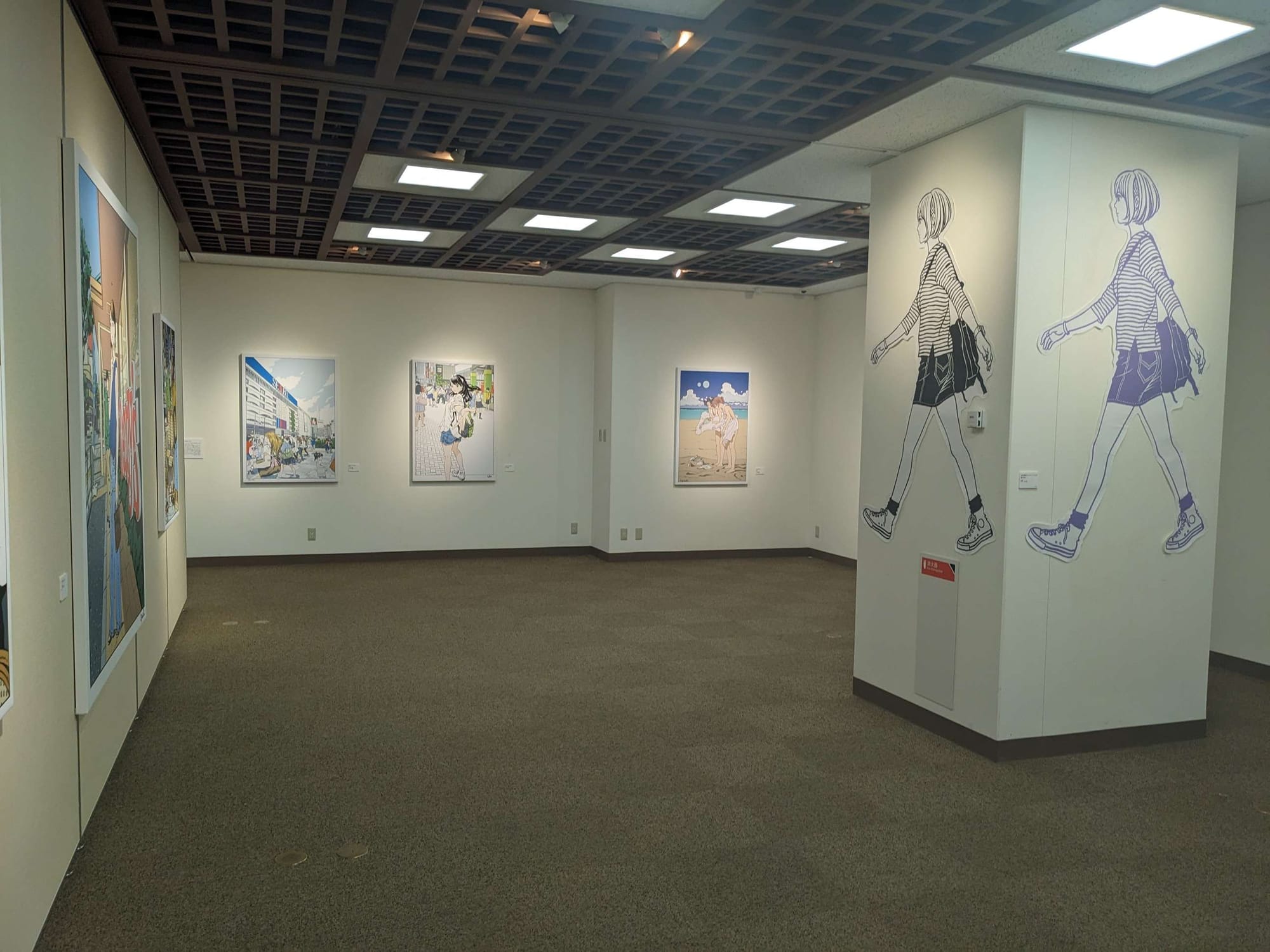
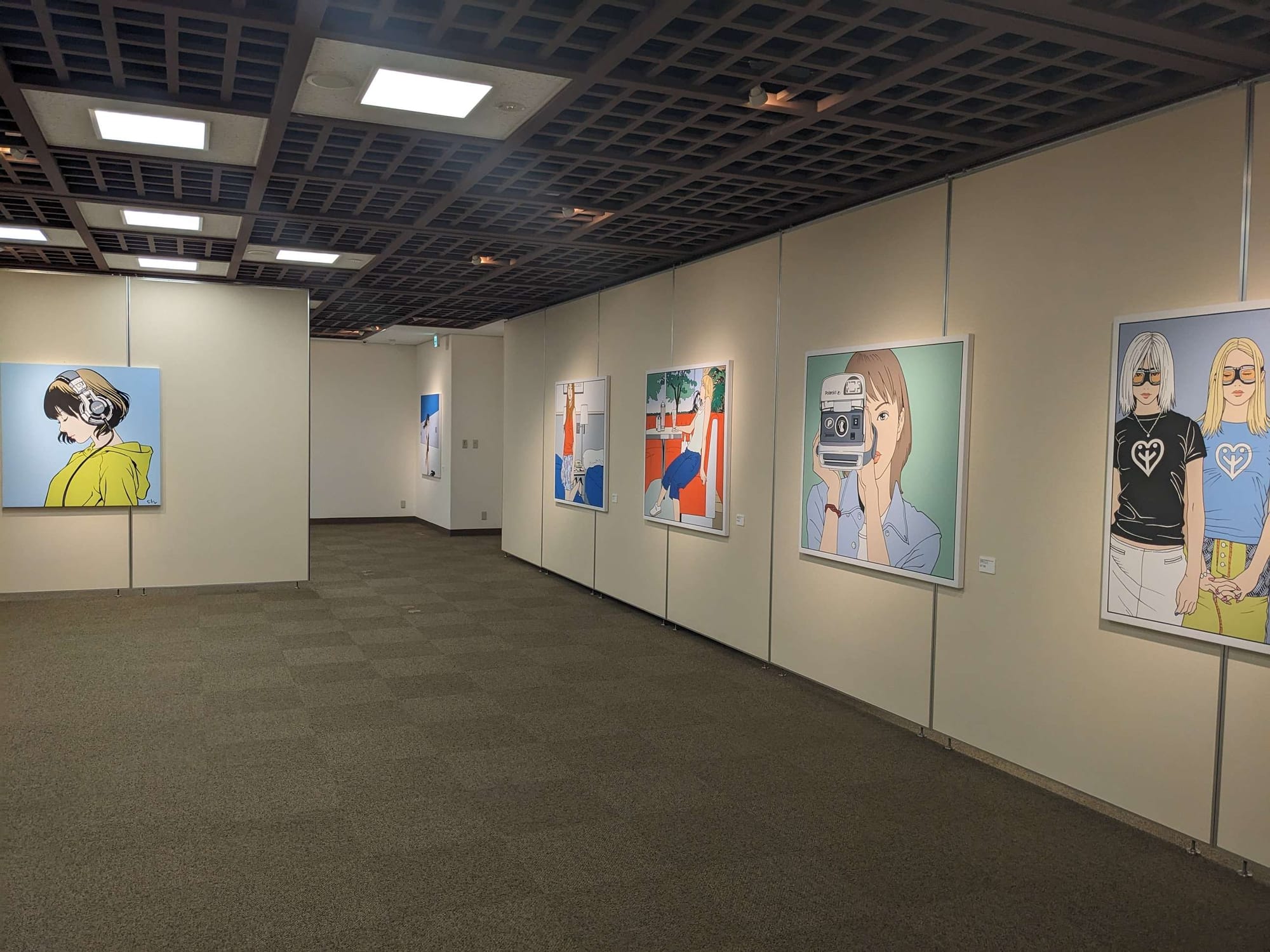
The first leg of the exhibition didn't show any original artwork. Instead, it filled the walls with massive blown-up prints of much of Eguchi's most iconic modern work. As an artist deeply embedded in pop culture, this largely took the shape of advertisements and album art– all solid colors and clean lines–but whichever direction the art went, there was always one constant: women.
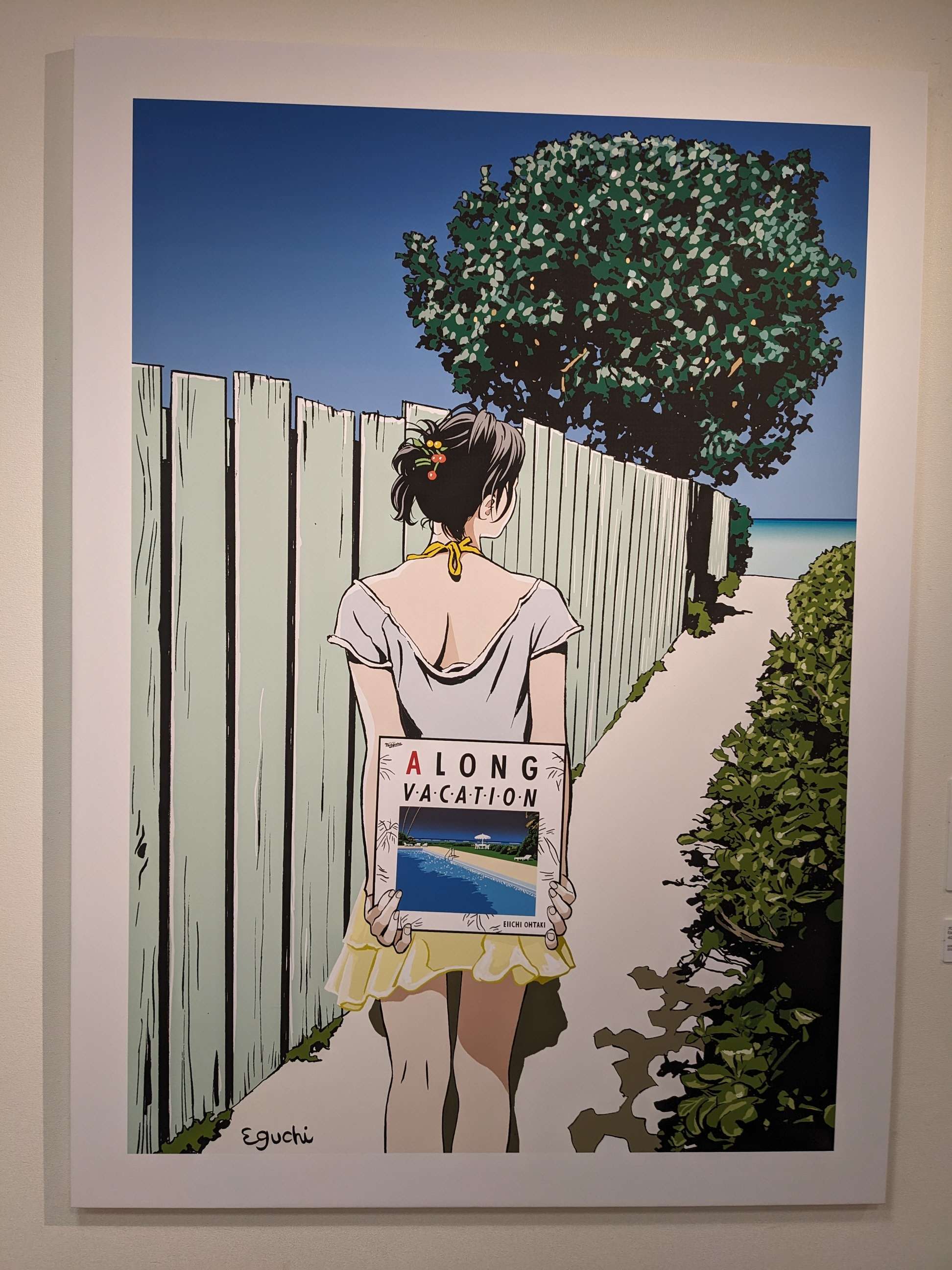


Eguchi is obsessed: nearly every drawing in the exhibit was that of a woman. A woman listening to music, holding a record, standing in the street, dressed up, in her underwear, eating food, playing the guitar, riding a bike, taking a picture, walking, breathing, living. There were real women and false women, portraits and sketches and studies. One large room saw every inch of every wall filled with life-sized posters of, you guessed it, women, lined up to smile and pose. Women women women.

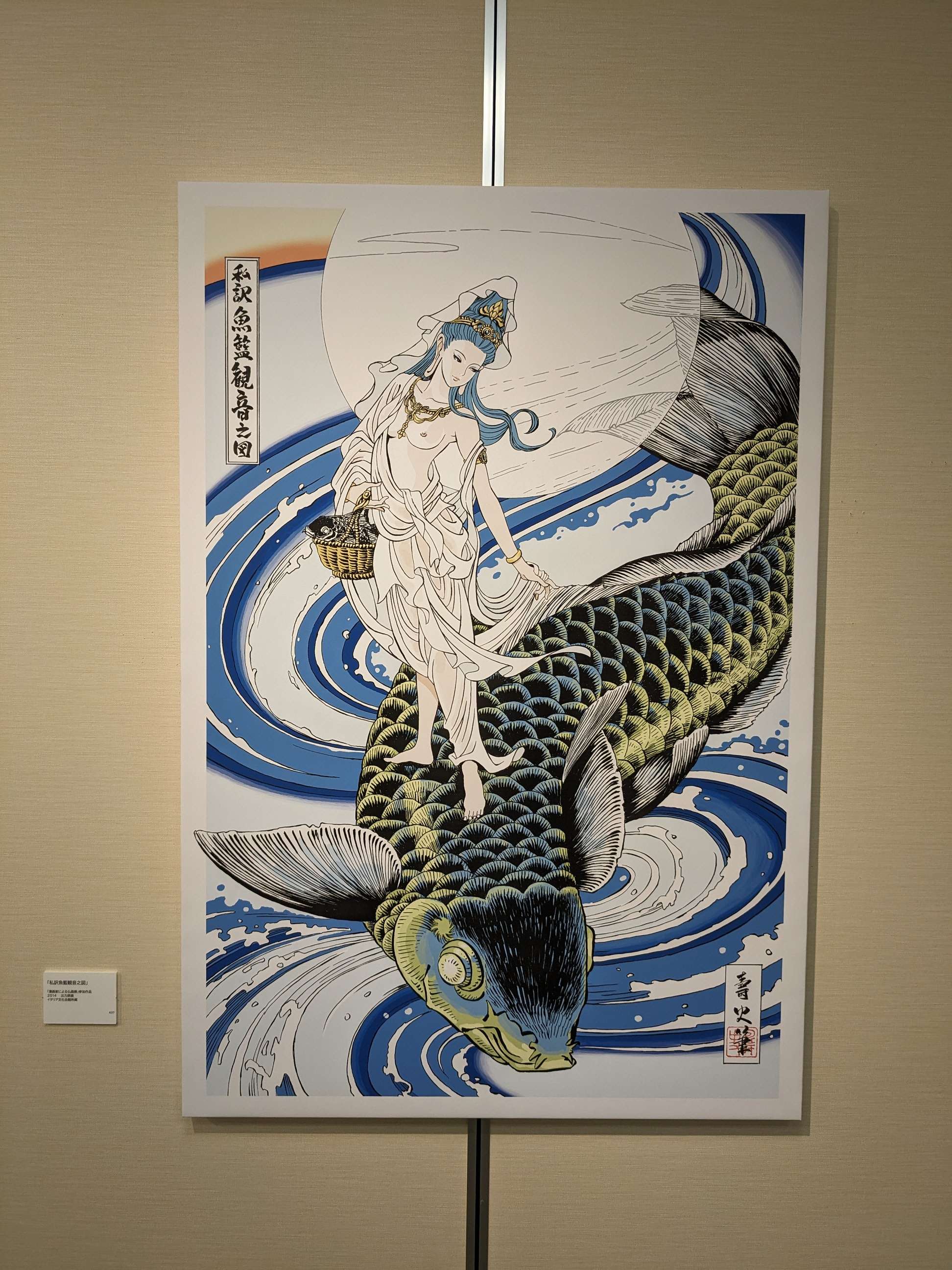
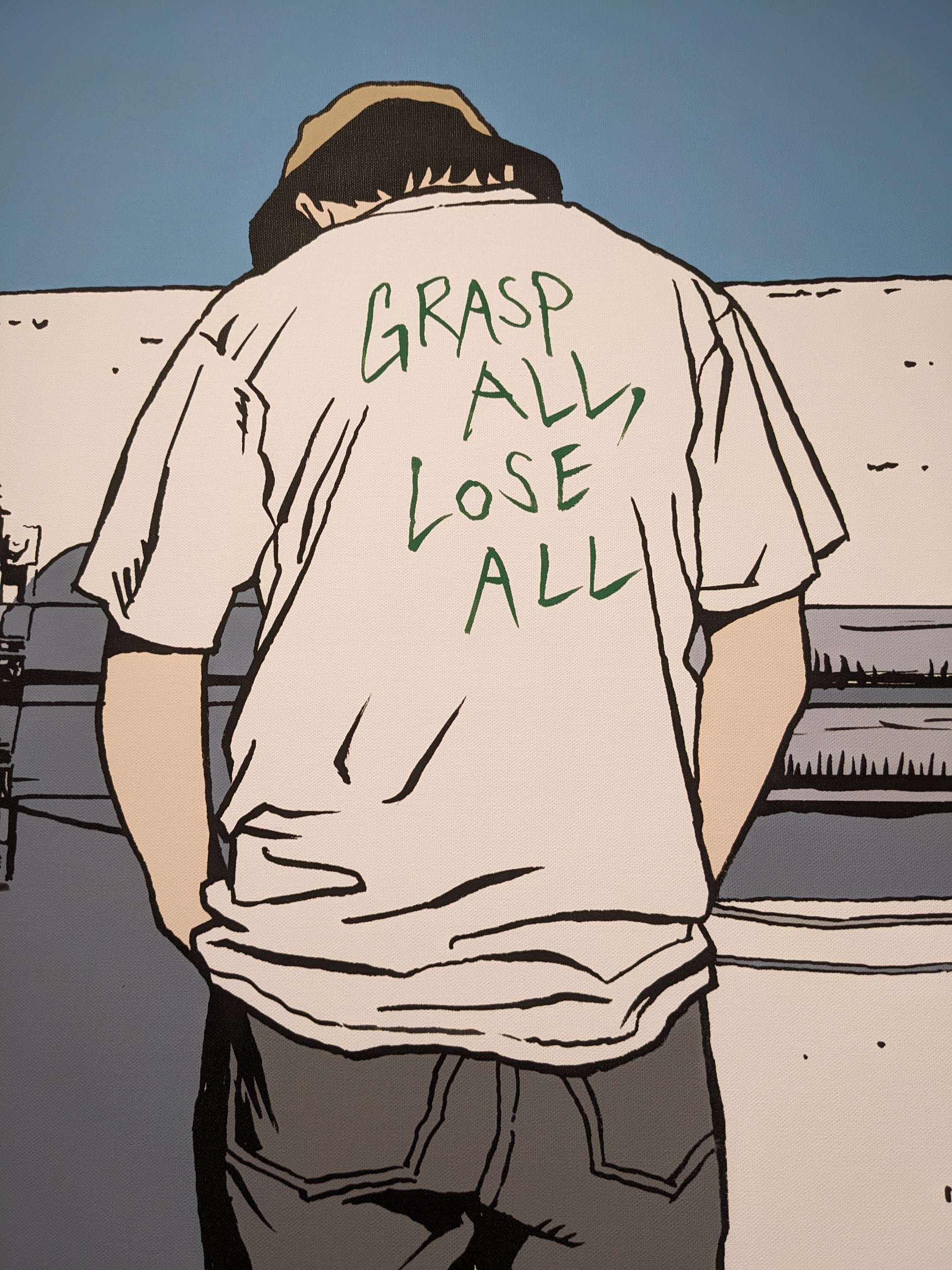
In his earlier work from the 80s, men were more common. While they were almost never the subject, frequently acting as props, they were certainly there, women leaning on their shoulders or against a wall together. At that time, Eguchi's art was warmer and looser than it is now, clear shadows frequently covering characters wearing clothes in heavy patterns with skin a soft tan. It’s incredibly inviting, deeply nostalgic (quote my girlfriend seeing one picture for exactly half a second: “this reeks of showa”) stuff and some of my favorite art in the world.
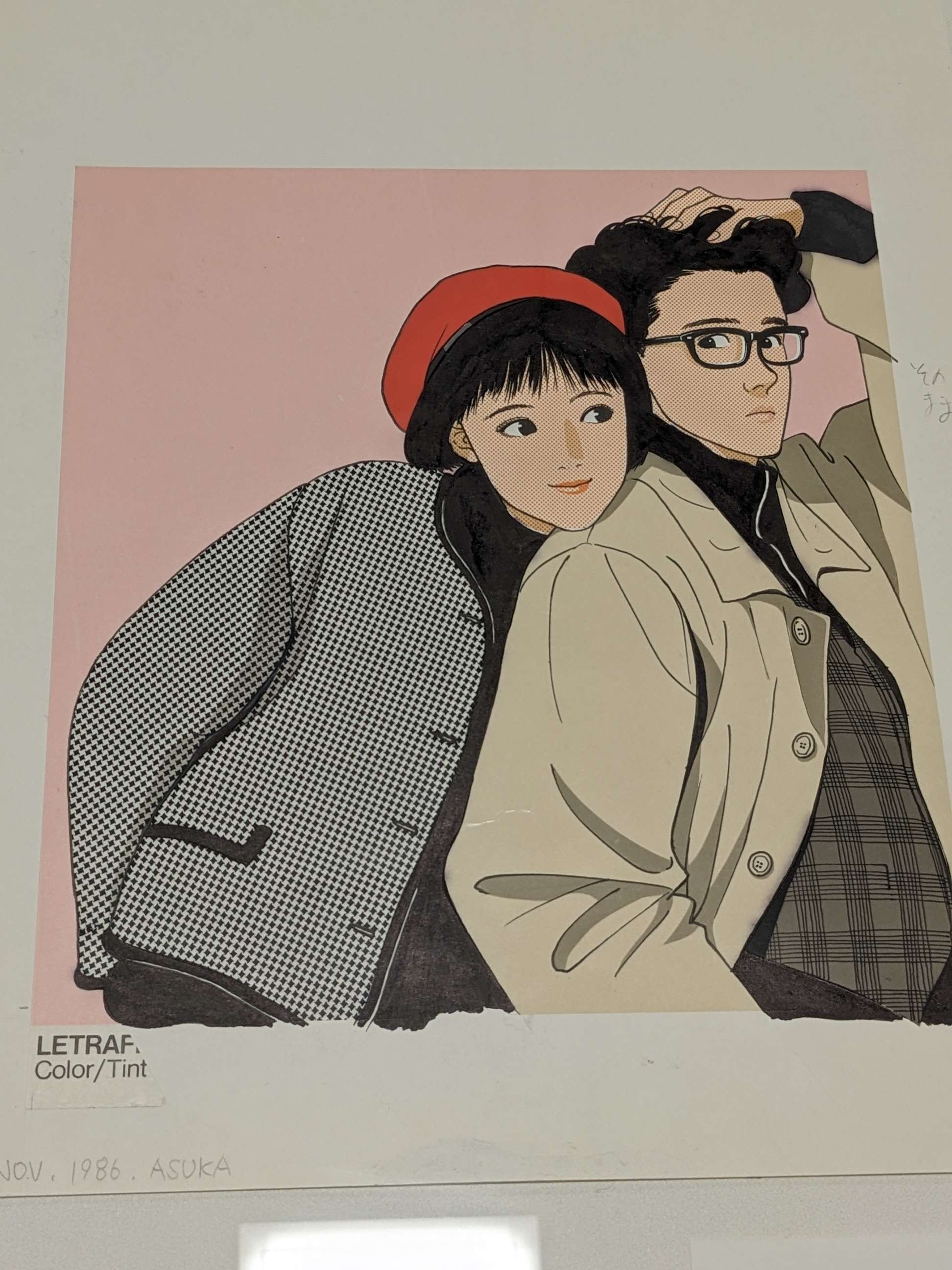
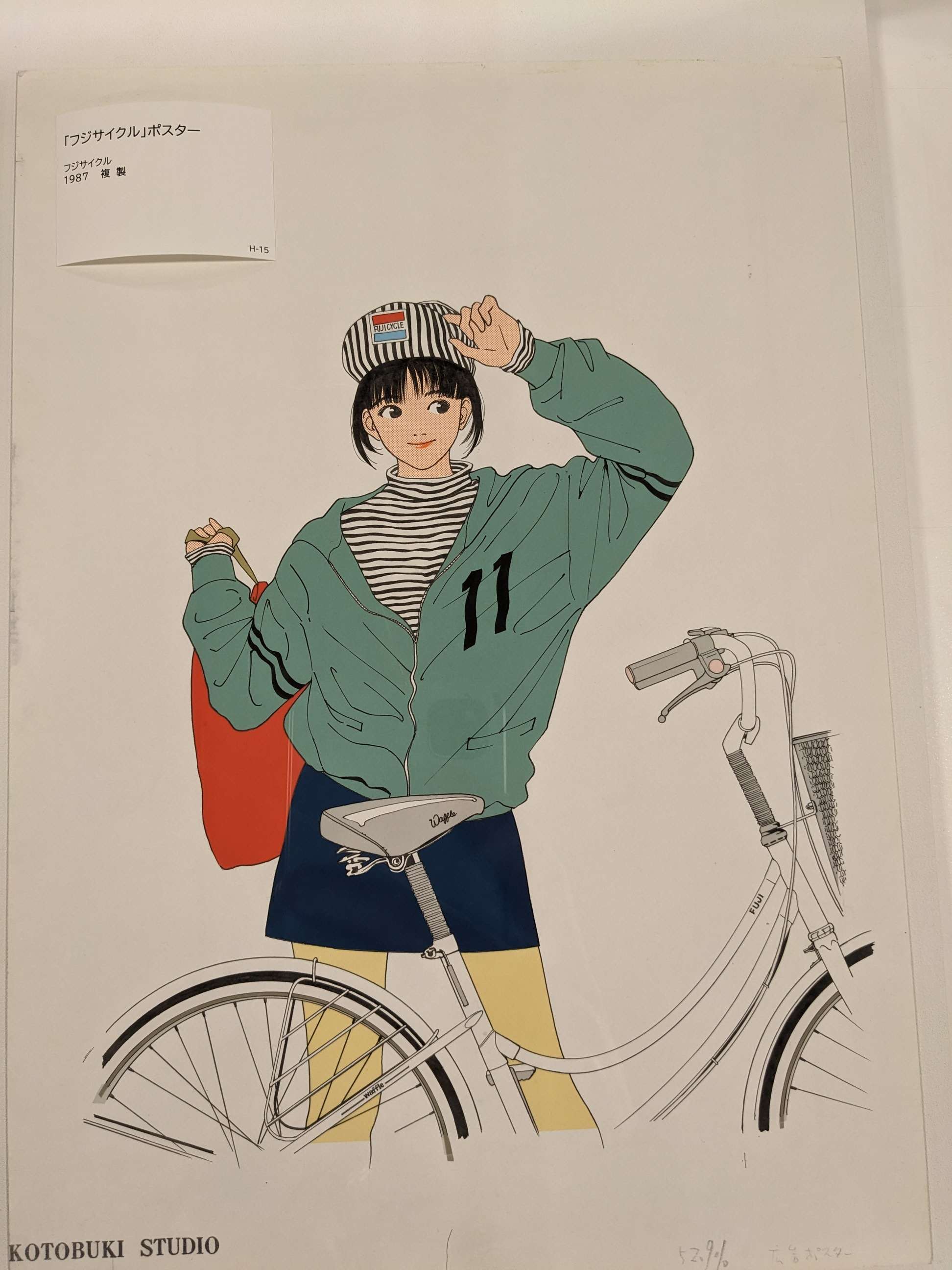

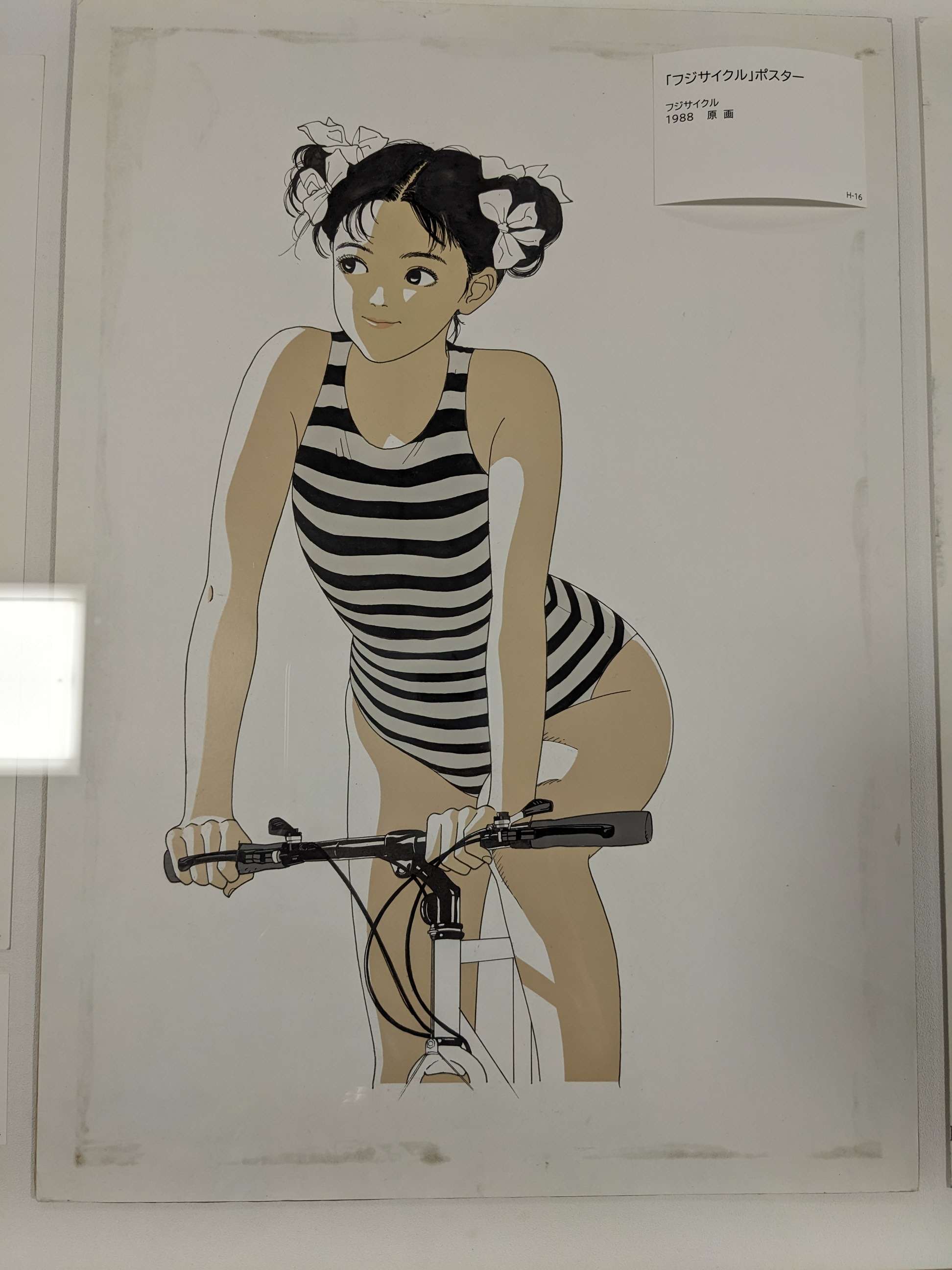
This was back in a time where he was still regularly working as a mangaka and drawing comics for a living, his most famous of which being unquestionably the iconic Stop! Hibari-kun, a comedy series that acts as a perfect reflection of all things Eguchi: a series bursting at the seams with pop culture gags and fashion and gender muckery. That said! I'm decidedly not a Hibari-kun expert, so instead of wasting your time I'll just send you to a very good vid my friend PyramidInu did about the fashion of the series.
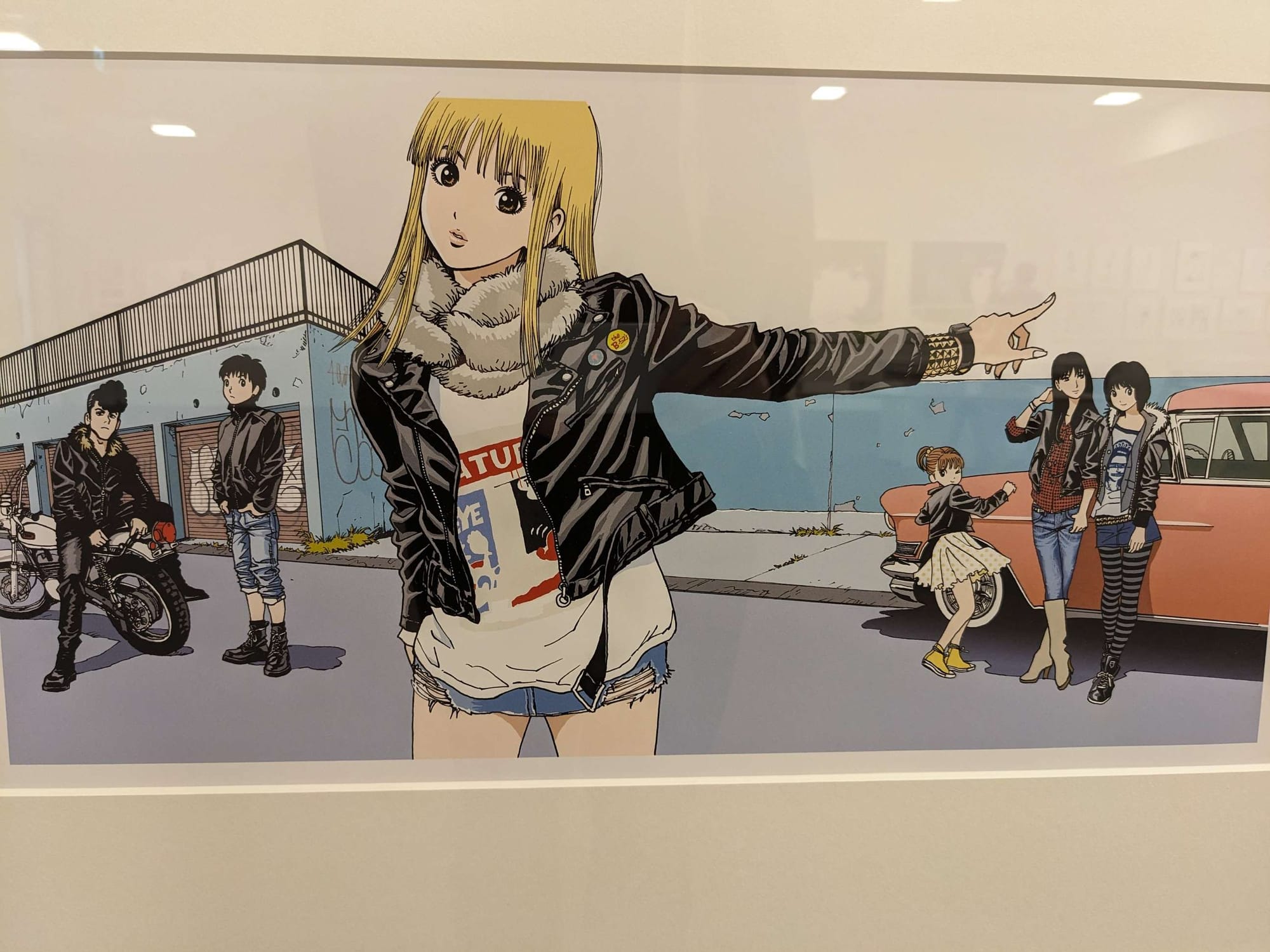
It's been a long time since then. Nowadays, Eguchi is almost exclusively an illustrator for hire, his time spent with ads, magazines, albums and posters. It's hardly a surprise; I vividly remember an interview where he joked about not being able to keep up with the should-be-illegal pace of being a professional mangaka, and his style, so entrenched in media and culture, is a perfect fit for something to be plastered across Japan hundreds of thousands of times, or seen whenever you listen to a certain song.

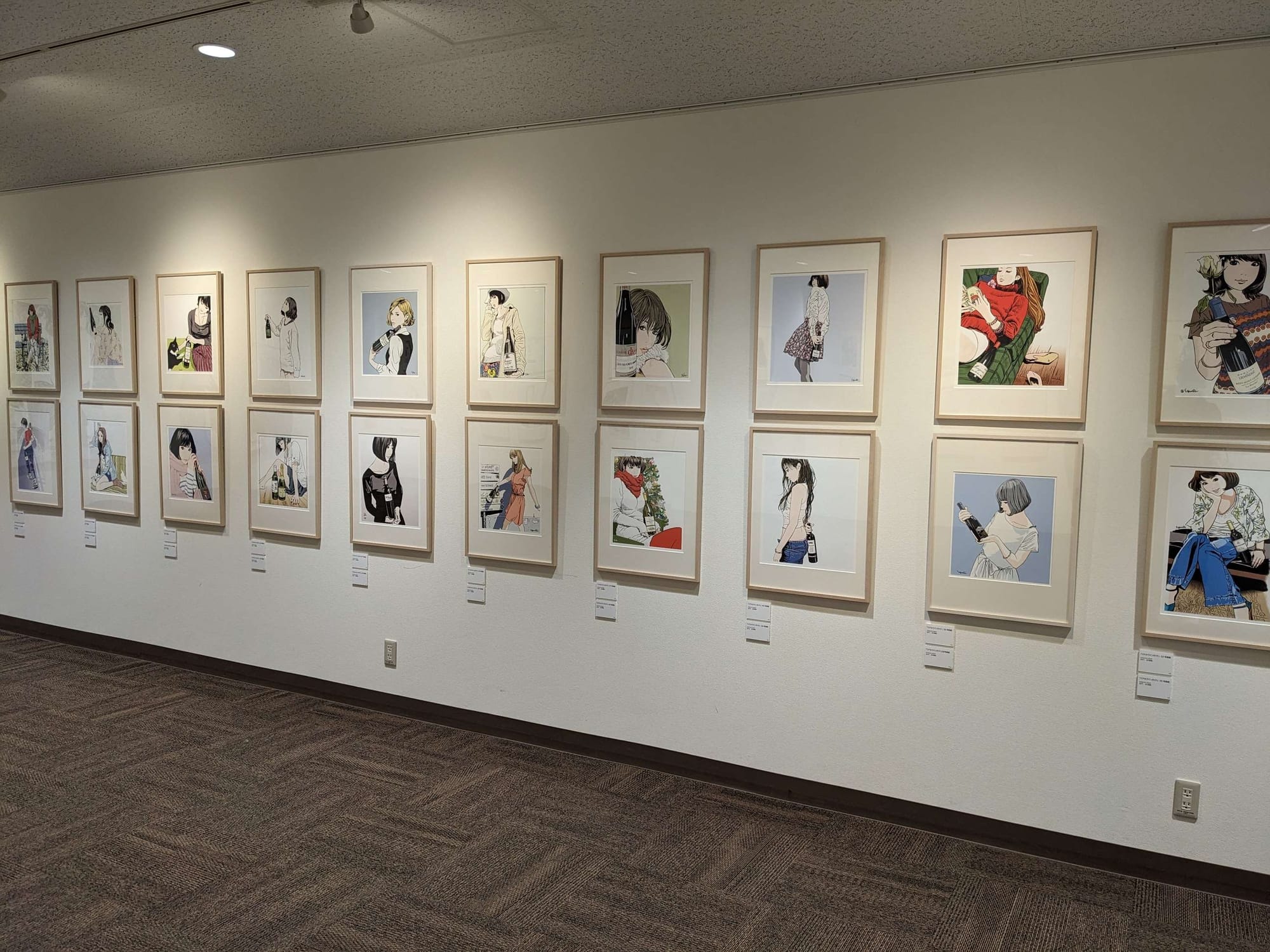

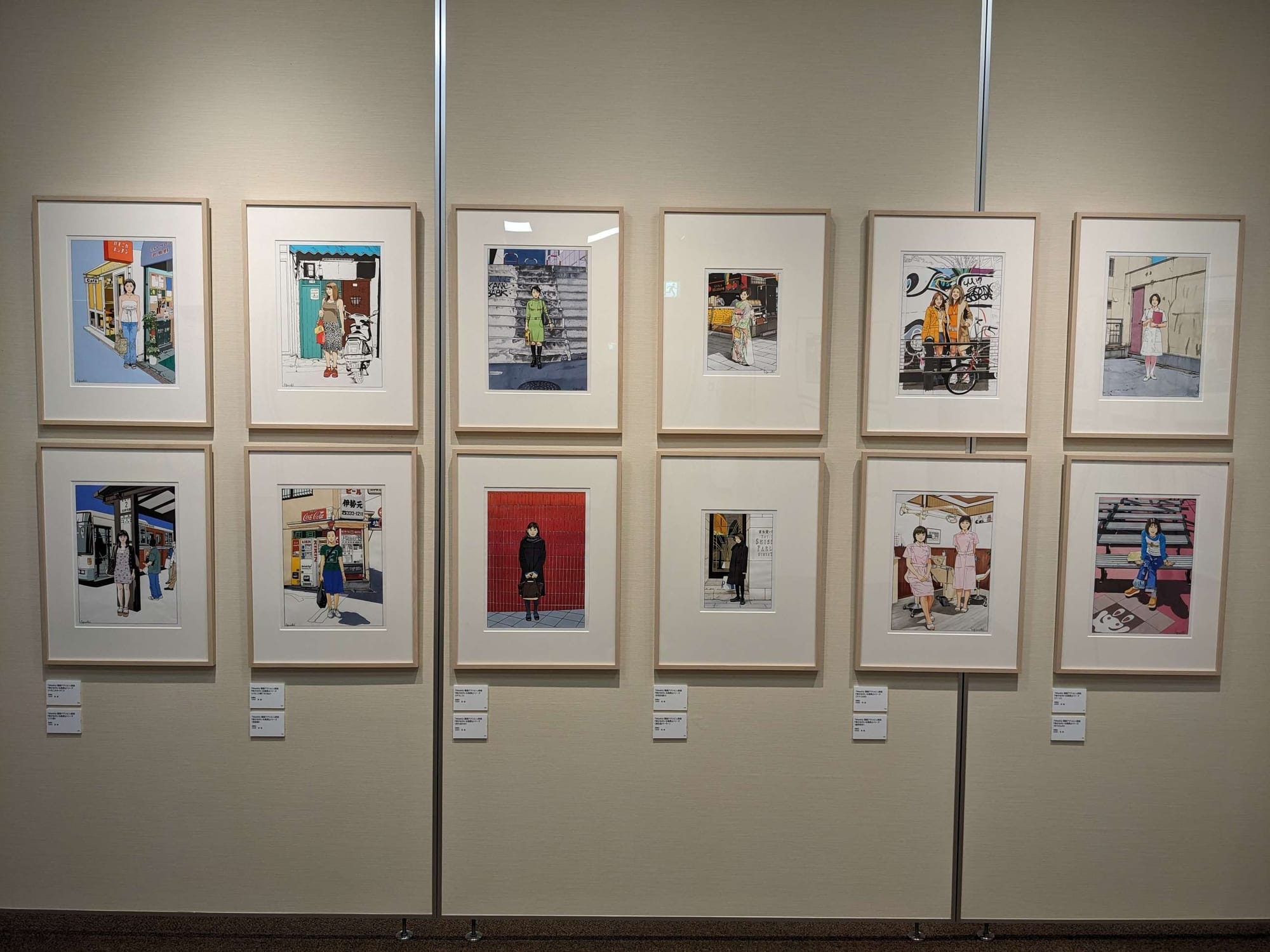
And with the passage of time, his style has pushed further and further into a sort of minimalism, where everyone is a near perfect white—colors flattened to solid swaths of primaries—and almost always alone. Expressions, once loud, have become more subtle. Where once was an image of warmth, now is an image of cleanliness and simplicity, dominated by the modern, bright, and new. It no longer invokes the showa period (specifically the 80s) but reiwa, the current Japanese era born only shortly before the 2020s began.


It is so easy to talk about Eguchi and women, Eguchi and fashion, Eguchi and commerce. But just as vital is Eguchi and Tokyo. It's everywhere in his work, quietly hiding in the background with as much character as any person. Despite the on its face cleanliness of his art, his Tokyo is at once messy and dirty and falling apart, shiny and new and always changing, full of color and full of rust; a utopia of the new until you turn the street corner. It is, in other words, the perfect reflection of the real city, the worldwide epicenter for fashion and modernity that exists in a constant state of change but which can never fully kill its past, as hard as it might try. The remains of history history hide in plain sight everywhere you look. Tokyo, like all cities, is a reflection of us in that way, always changing and always staying the same. If that’s the case, then Eguchi’s work is a reflection of a reflection.
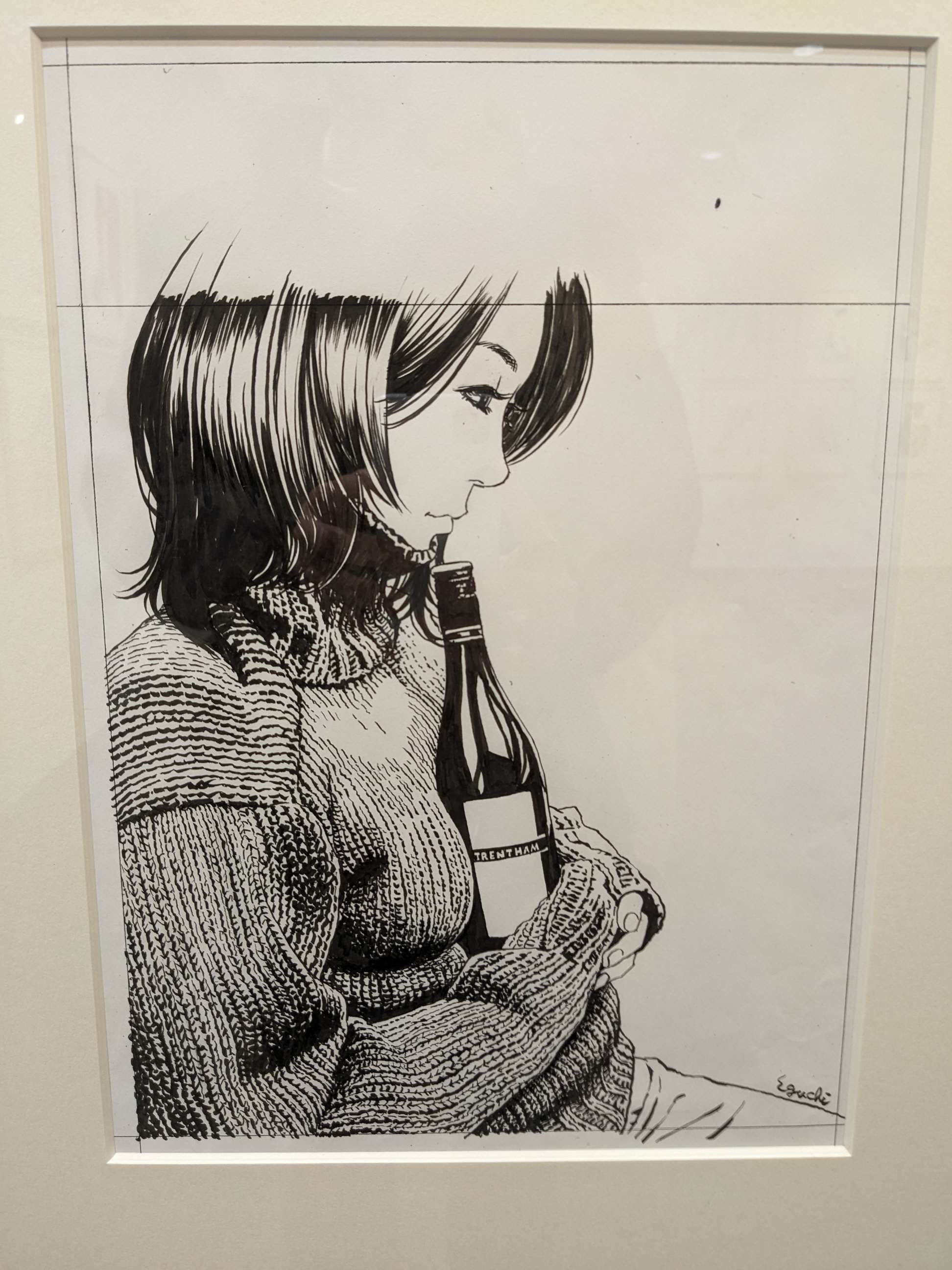
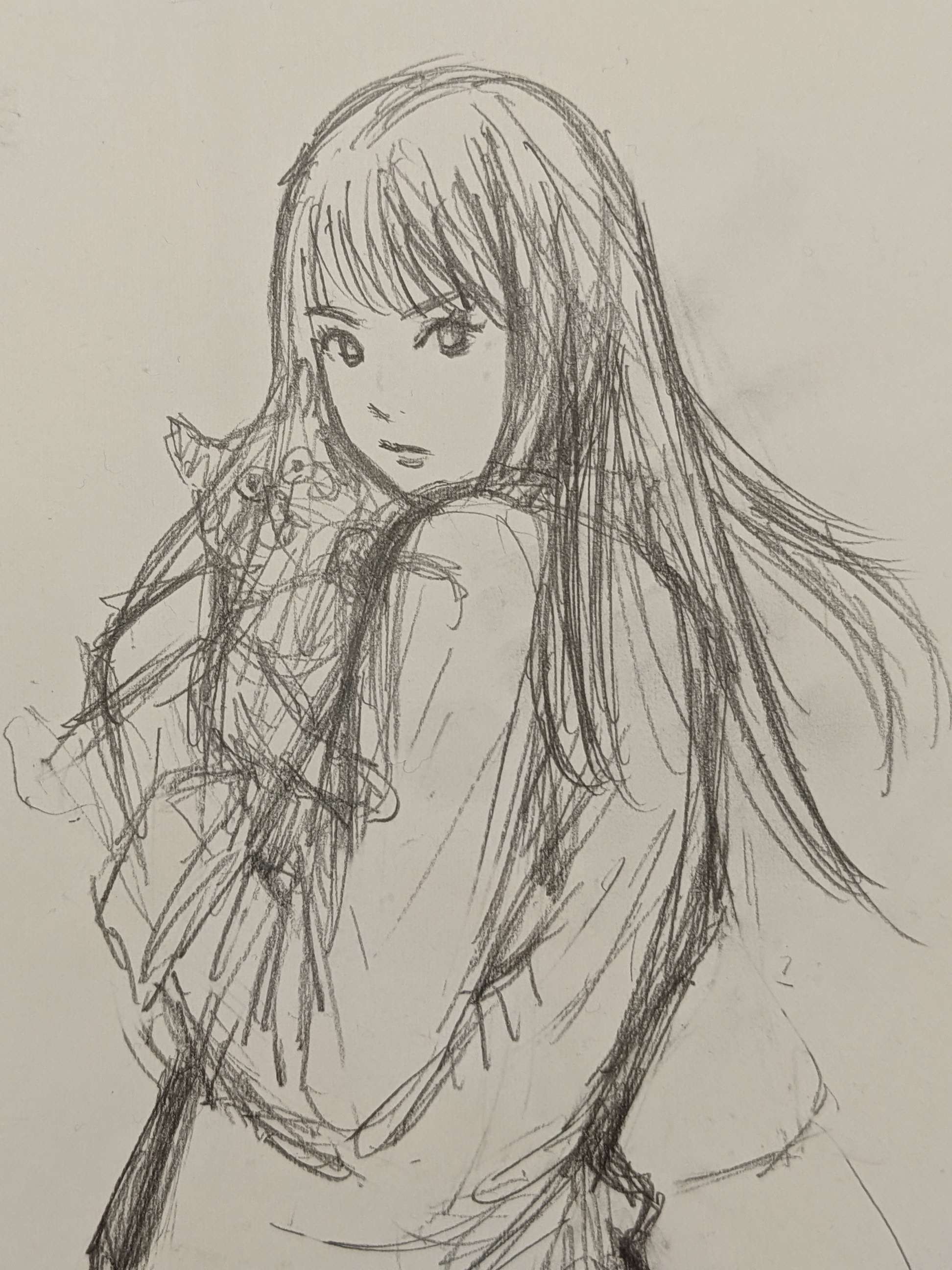
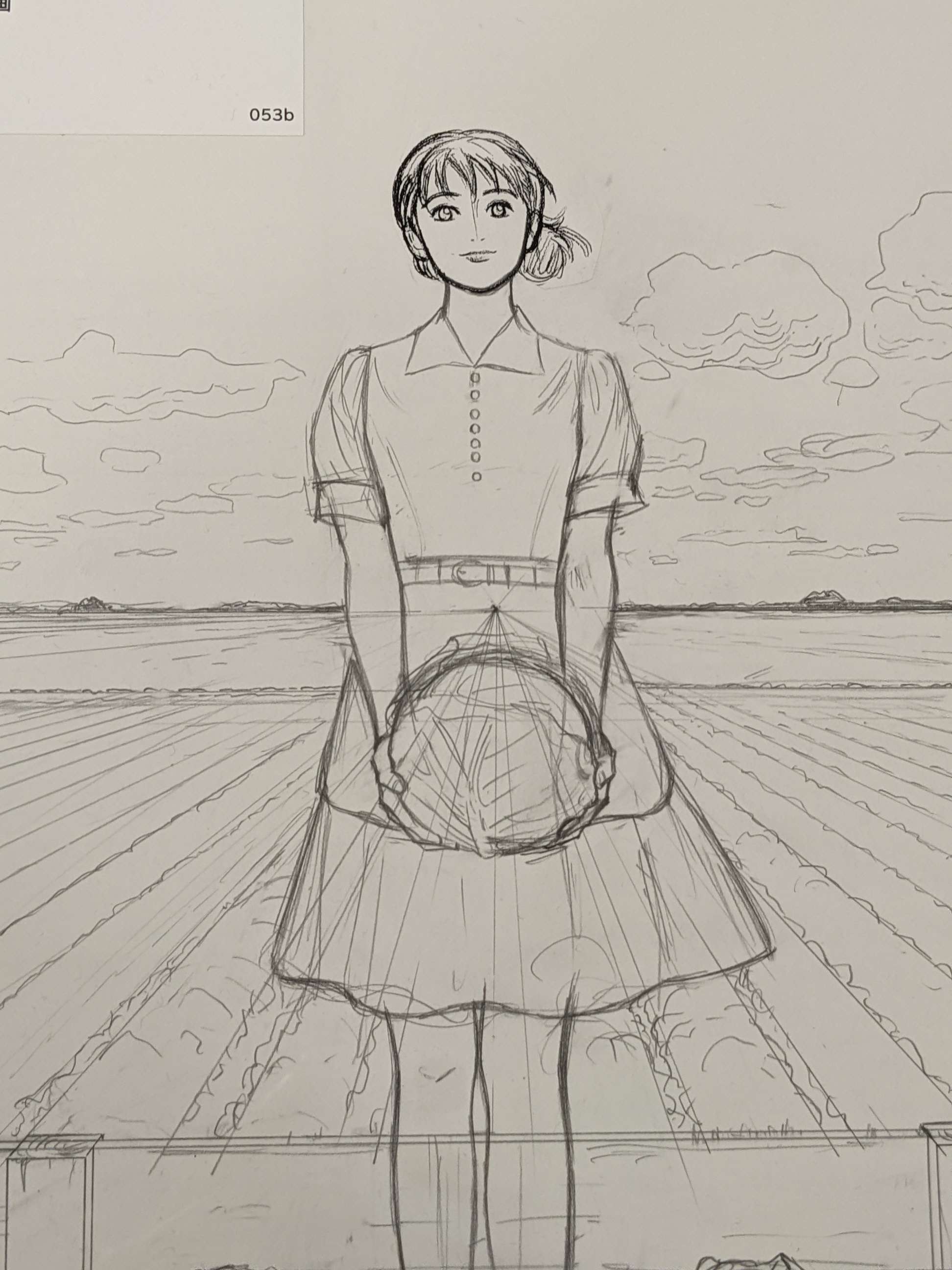
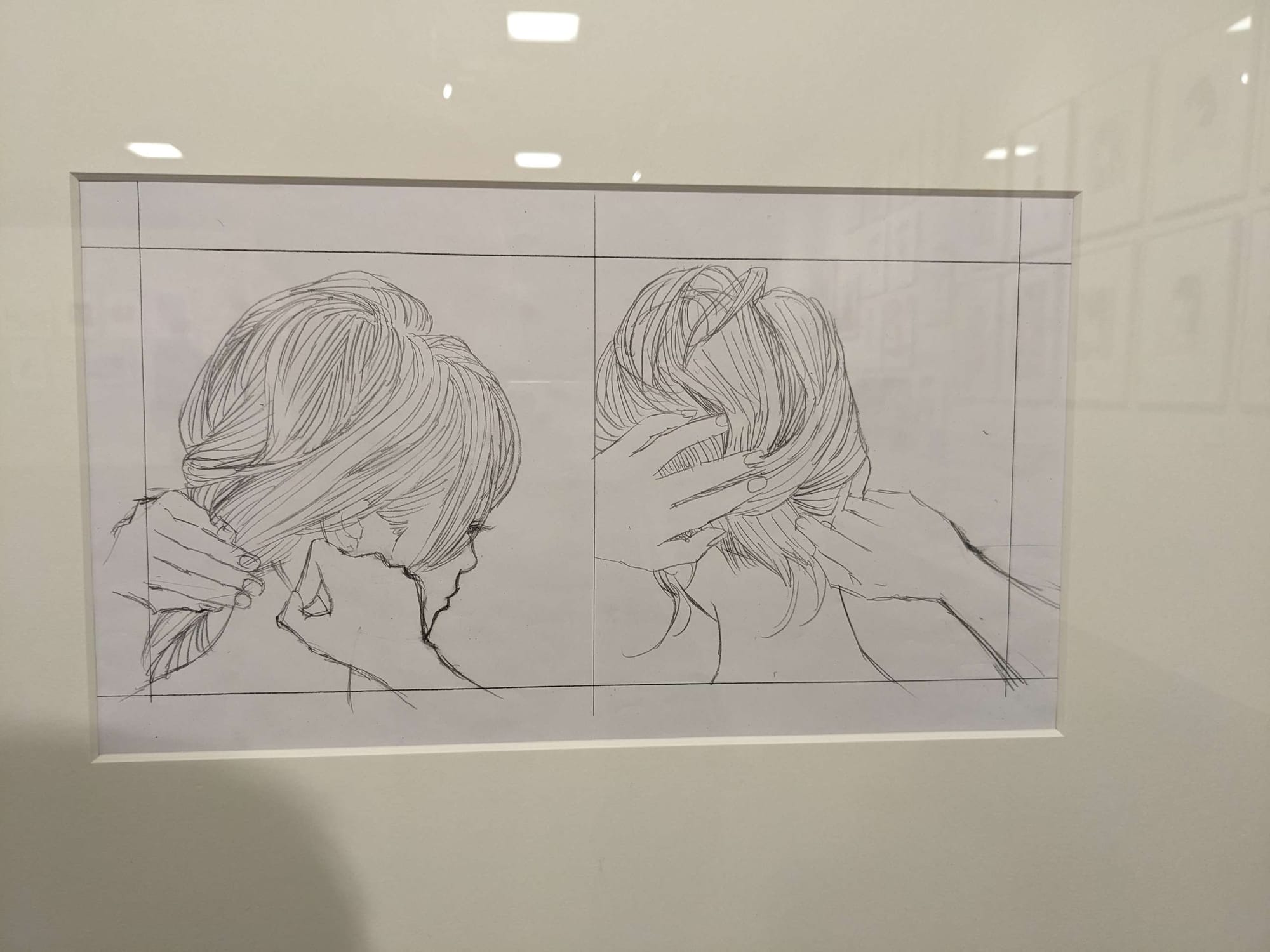
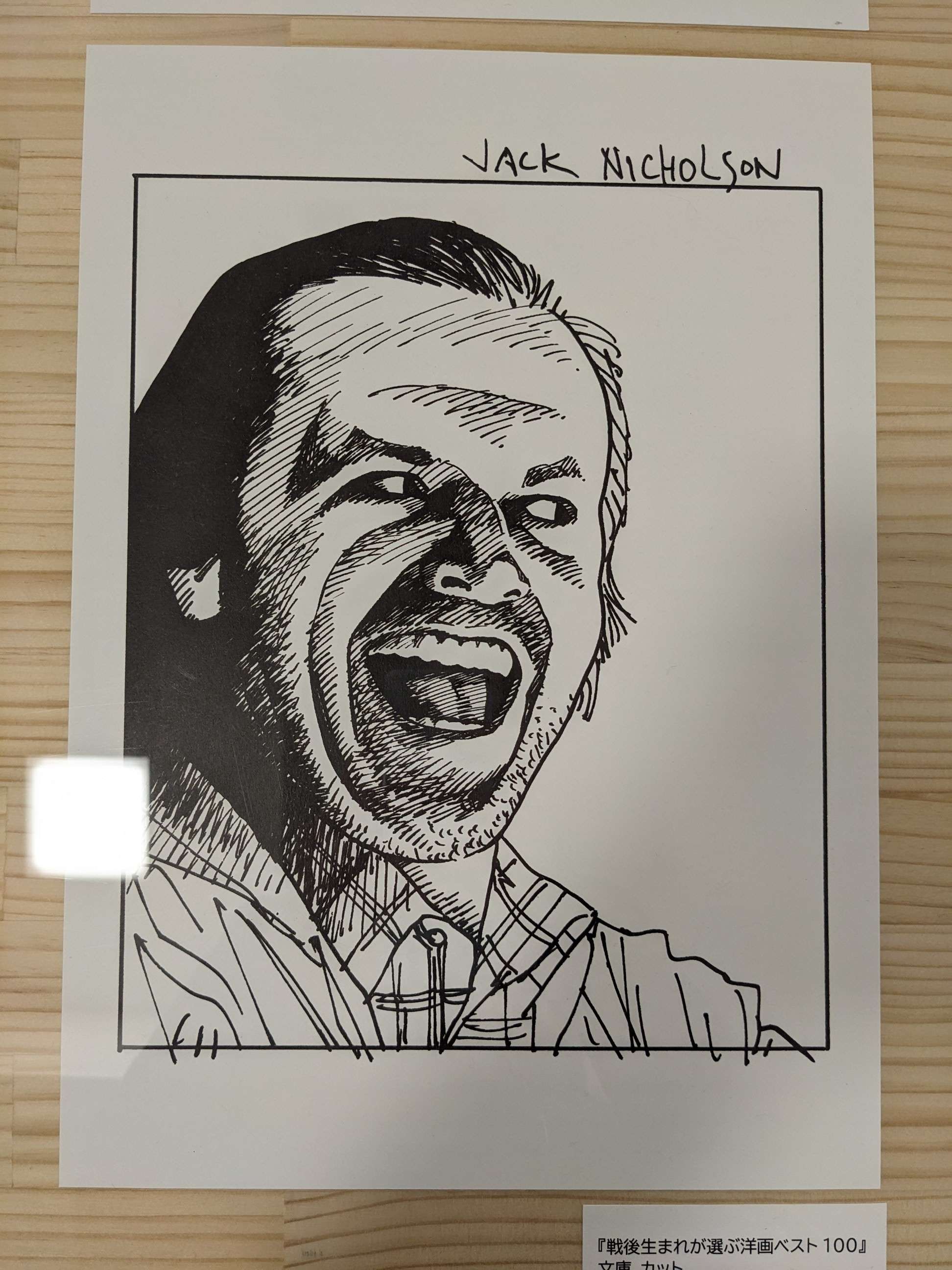
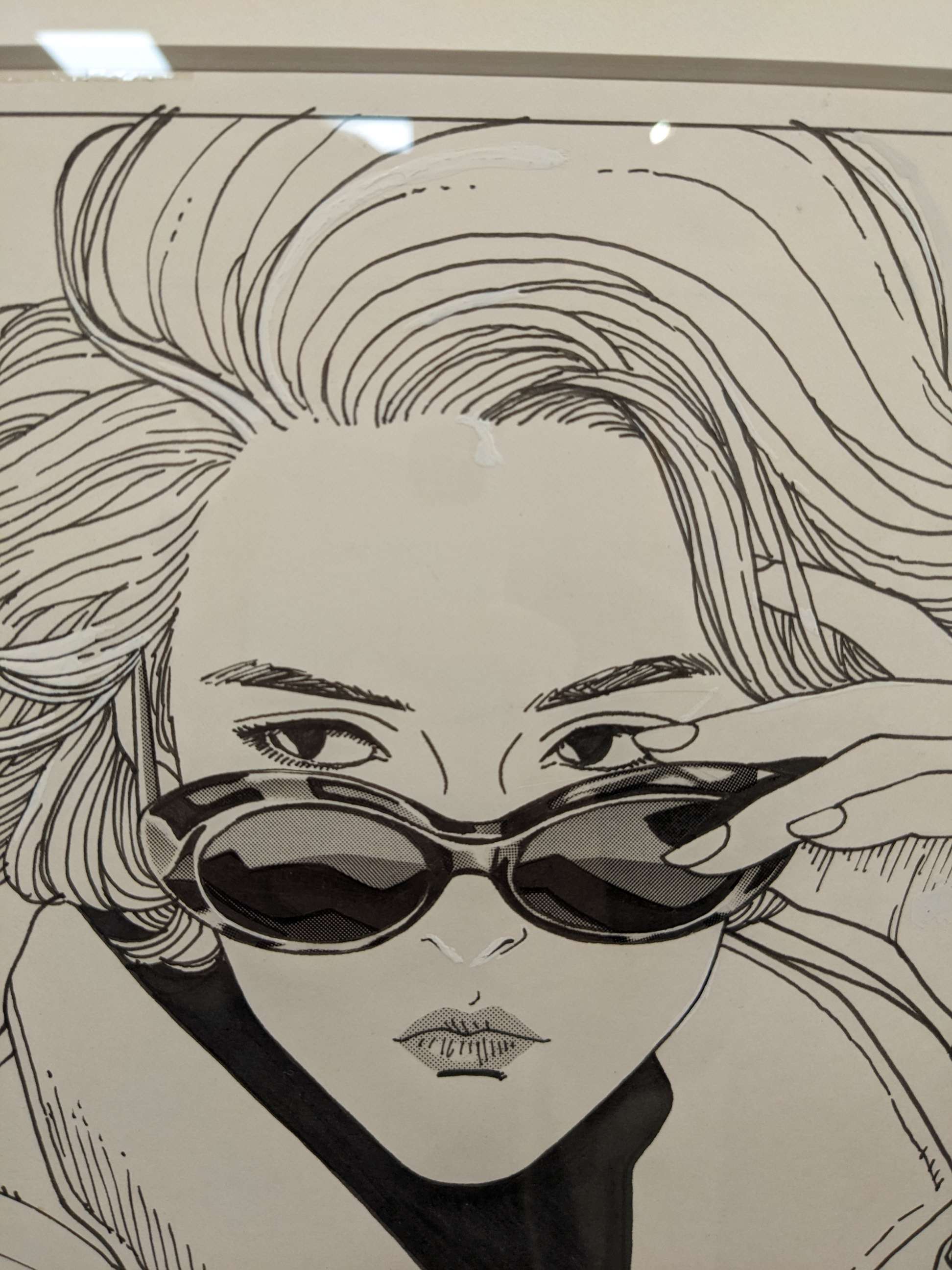
Eguchi is Tokyo. Eguchi is showa and heisei and reiwa. He is the past and he is the present, and so he is the future too, his ouvere one of the great reflections of the collective us.
It’s all pop. It’s all life.
Music of the Week: City Lights by a0n0

Have to rep a0n0, a brilliant electronic artist from my Japanese city, Sendai. Working in a fuzzy halfway house of ambient, noise, and glitch, their work reminds me of people like Fennesz or Oval: affirming proof that abrasive does not have to equal violent or angry. Deeply appropriate for exactly what the title suggests, it never fails to wash my brain clean, mind reset once the music is over and able to see just everything just a little more clearly.
Book of the Week: The Rows of Cherry Trees by Macoto Takahashi


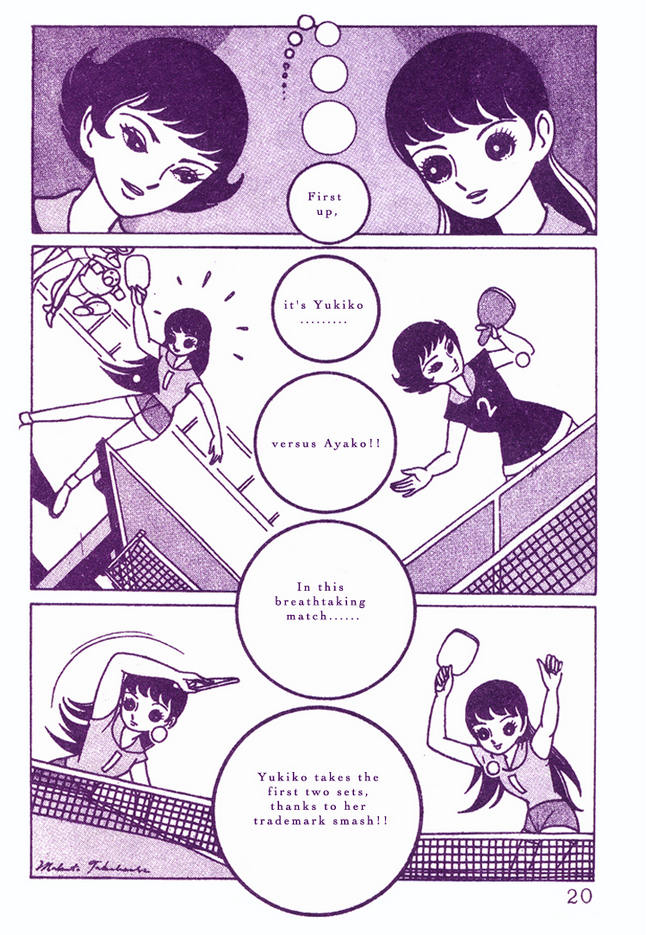
Perfectly highlights why, even when ignoring his immense influence on the medium, Macoto Takahashi is one of my all time favorite stylists in manga history. Straddling the line between modern conceptions of manga and the more text heavy emonogatari, Takahashi's perfect artwork with his doll-like characters, obsession with ballet and form, and supernatural eye for almost psychedelic visual metaphors, all shine in this little story about ping pong and young girls in love. Incredible stuff, doubly so if you have any interest in early developments of manga.
Movie of the Week: Night River (dir. Kozaburo Yoshimura, 1956)
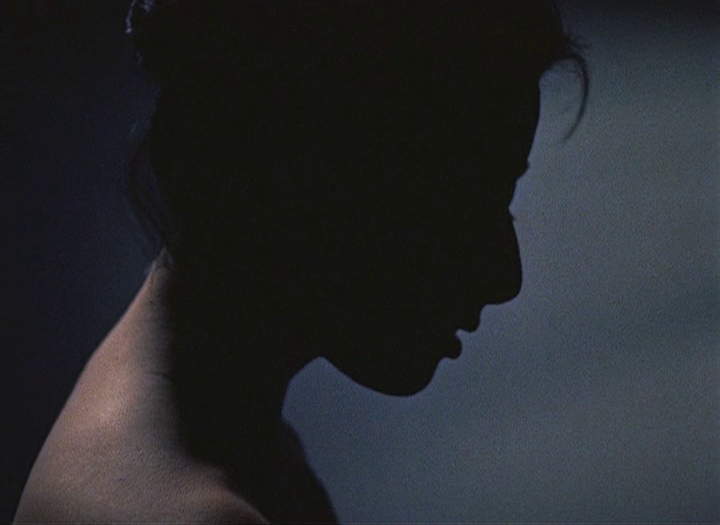

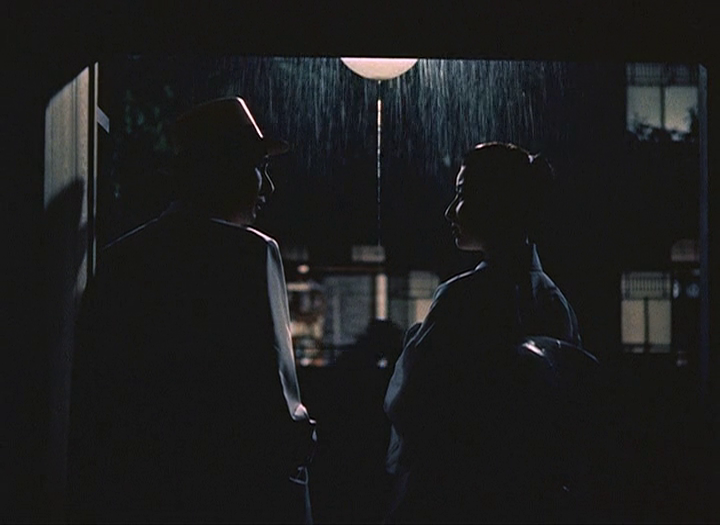
A sumptuous drama full of color and texture about those classic themes of love and loss and longing that has, with time, quietly climbed higher and higher in my personal canon. There are moments here that take my breath away just thinking about them--a shot reverse shot conversation that drifts midway to cut between flowers instead of people; the initial meeting where the main character (and the camera) are entranced by the pattern of a kimono; a night spent together that drowns the movie in the most evocative shadows you've ever seen. It feels, in many ways, like the kind of movie someone like Wong Kar-wai has spent their entire career trying to recreate (not a diss on Kar-wai, who I adore). A movie to feel; a movie to live.
Have thoughts about anything covered this week? Got a recommendation you’re dying to share? Want to tell me how handsome and cool I am? Leave a comment below!

